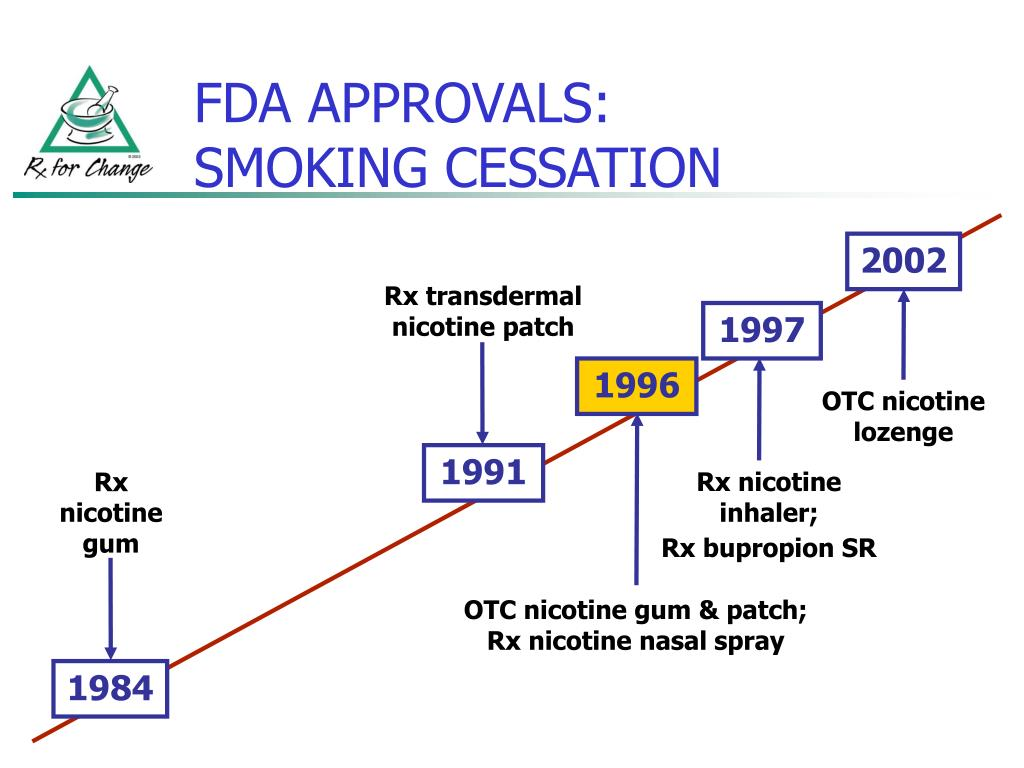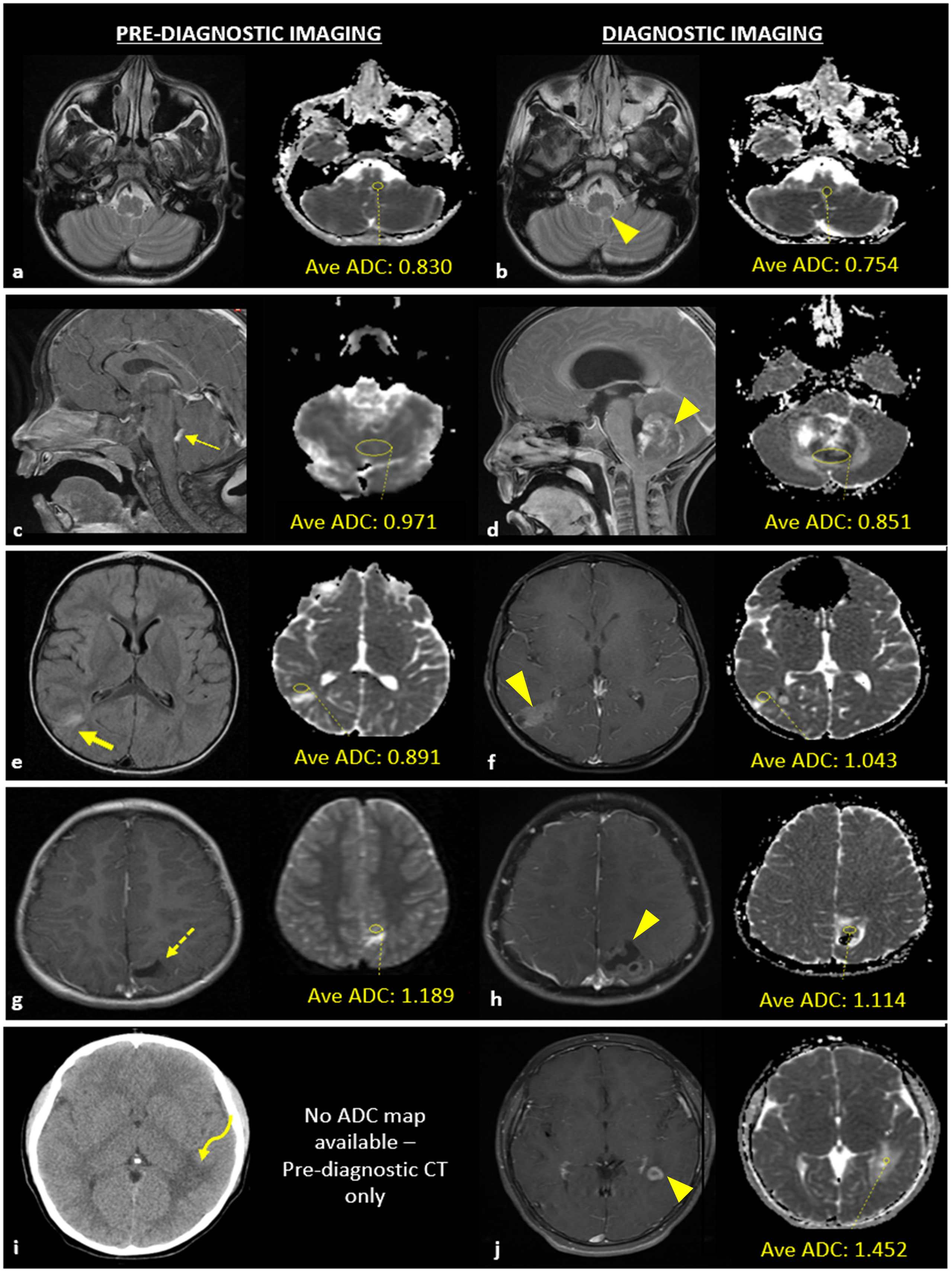
The FDA-approved smoking cessation pill, varenicline, has emerged as a groundbreaking solution in the battle against nicotine addiction, particularly among the youth. A recent clinical trial conducted by researchers at Mass General Brigham revealed that young adults who utilized varenicline to quit vaping were over three times more successful than those relying solely on behavioral therapy. This highlights the critical role of effective smoking cessation medications in preventing severe health risks associated with early nicotine exposure, especially as vaping becomes increasingly popular among teenagers. With over a quarter of young adults reported to be vaping in 2023, the need for targeted cessation strategies has never been more urgent. As the study suggests, varenicline could potentially revolutionize how we approach nicotine dependency, providing teens and young adults with a reliable pathway to quit smoking and reclaim their health.
In recent times, the quest for effective methods to eliminate nicotine use, particularly among adolescents, has taken center stage. The smoking cessation medication, particularly known for its FDA approval status, has gained attention for its efficacy in facilitating quitting strategies for individuals grappling with vaping addiction. This medication not only aids young adults in breaking free from their nicotine habits but also highlights the pressing need to address the alarming rates of vaping in the teen demographic. By offering an alternative to traditional methods, researchers are advocating for solutions that are both accessible and impactful. As society grapples with the consequences of rising vapor products, understanding and promoting these cessation aids become imperative for public health.
The Rise of Vaping Among Teens
Vaping has rapidly gained popularity among teens and young adults, becoming a common habit that many struggle to break. According to recent statistics, approximately 25% of individuals aged 18 to 25 engaged with vaping as of 2023, with high school students also contributing to these alarming figures, with 8% reported to have vaped in 2024. This trend highlights the need for effective smoking cessation strategies tailored to the youth, as young users are often unaware of the potential health risks associated with nicotine addiction. The ease of concealment and convenience of use further complicate the situation, making it essential to create awareness about the dangers lurking behind the allure of vaping products.
Moreover, studies show that early exposure to nicotine can have long-term effects, increasing the likelihood of developing addictions to more potent substances, such as cocaine. Understanding these implications is crucial when addressing the vaping crisis among younger populations. Comprehensive strategies focused on education, prevention, and effective cessation methods are needed to combat this growing health issue. As advocates for teen health strive to address these challenges, the urgency for research into smoking cessation products specific for this demographic becomes increasingly clear.
Varenicline: An FDA-Approved Solution
Varenicline, recognized as an FDA-approved smoking cessation pill, has emerged as a key player in helping individuals, specifically teens and young adults, to quit vaping. Clinical trials suggest that varenicline significantly boosts the chances of quitting compared to traditional behavioral interventions alone. In a groundbreaking study conducted by Mass General Brigham, participants using varenicline had over three times the success rate of placebo users, showcasing the medication’s effectiveness in addressing nicotine dependence. This is particularly vital in a time when vaping has become integral to many young people’s lifestyles.
In addition to its primary goal of supporting cessation, varenicline’s unique formulation also helps ease withdrawal symptoms associated with quitting nicotine. The findings from the study indicate that not only is this medication effective, but it also maintains safety standards, as participants who successfully quit vaping did not resort to cigarettes. This underlines the importance of integrating medical interventions, such as varenicline, into comprehensive smoking cessation programs aimed at the youth demographic. As public health initiatives continue to evolve, varenicline stands out as a promising option for combatting nicotine addiction among adolescents.
The Importance of Comprehensive Treatment Plans
The study’s findings reinforce the notion that a multifaceted approach to smoking cessation is crucial for effective outcomes among young individuals. When combined with behavioral counseling and support services, medications like varenicline can provide a robust framework for quitting nicotine vaping. Participants in the trial who received both varenicline and behavioral therapy demonstrated higher levels of success than those who only had access to behavioral support or placebo treatment. This reveals the potential of combining medicinal and psychological support to achieve improved cessation rates.
Furthermore, the incorporation of technology, such as the text support service “This is Quitting,” augments the assistance available to participants, enhancing their chances of long-term success. With a significant percentage of young users struggling with nicotine addiction, initiatives that marry medication and ongoing support are urgently needed. As healthcare providers and policymakers look for solutions, these comprehensive treatment plans will be pivotal in assisting teens and young adults in overcoming nicotine dependencies effectively.
Expanding Access to Varenicline for Young Users
Given the promising results of varenicline in vaping cessation, expanding access to this FDA-approved smoking cessation medication for younger populations is paramount. Currently, it is already prescribed to anyone aged 16 to 25, marking a significant step forward in public health efforts to tackle vaping habits among teens. By making such treatments available and promoting awareness about their effectiveness, healthcare providers can play a crucial role in supporting young individuals on their journey to quitting vaping.
However, simply having access to varenicline is not enough. There must be targeted outreach programs that engage teens and their families about the risks associated with vaping and the long-term benefits of quitting. As public health professionals work to ensure these crucial discussions happen, they can also foster an environment where young users feel empowered to seek help. By leveraging both medication and education, we can create a healthier future for the upcoming generation, free from the dependencies associated with vaping.
Understanding the Health Impacts of Vaping
The health implications of vaping are becoming increasingly evident, yet many teens remain unaware of the risks associated with nicotine products. Just like traditional cigarettes, vaping devices expose users to numerous harmful substances, including nicotine, carcinogens, and heavy metals, which contribute to serious health concerns like addiction and respiratory issues. With approximately 25% of young adults partaking in this behavior, it is critical to keep informing the public about these dangers, as misinformation can lead to persistent habits that are challenging to break.
Recognizing that vaping is not a harmless alternative to smoking is key in prevention and cessation efforts. Health education programs targeting adolescents should effectively communicate the risks as well as provide narratives about the dangers of early nicotine exposure. Emphasizing these points can help teens make informed decisions about their health and discourage initiation into both vaping and smoking behaviors. With systematic health education, the youth can recognize the importance of making healthier lifestyle choices, reducing their likelihood of nicotine addiction.
The Role of Behavioral Counseling in Stopping Vaping
While medical interventions like varenicline are essential in the cessation of vaping, behavioral counseling plays an equally significant role in fostering lasting change. Behavioral approaches complement medication by addressing the psychological aspects of nicotine addiction, helping individuals modify their attitudes and habits around smoking and vaping. The study from Mass General Brigham emphasizes the importance of including psychological support alongside pharmaceutical aids to facilitate a comprehensive plan for quitting nicotine.
Counselors well-versed in addictions can guide teens through the challenging process of quitting vaping, helping them to develop coping strategies and skills to replace their vaping behaviors. This individualized support, combined with the effectiveness of medications like varenicline, can empower users to embrace healthier choices. Engaging teens in meaningful counseling relationships establishes trust, allowing them to freely discuss their challenges while seeking solutions to overcome their addiction.
Public Awareness Campaigns for Teen Vaping
An effective way to combat the youth vaping epidemic is through robust public awareness campaigns aimed specifically at the teenage demographic. Such initiatives can inform young people of the severe health risks of vaping, including the danger of nicotine addiction and its potential long-term consequences. By incorporating relatable messaging and accessible resources, campaigns can resonate deeply with teens, leading to greater engagement and awareness about the need to quit vaping.
Moreover, a thorough understanding of the appeal of vaping among teens can drive the development of campaigns that emphasize the triumphs of those who successfully quit. Hearing relatable success stories can encourage others who are struggling with vaping to seek help. Ultimately, these campaigns should strive to initiate conversations around vaping, create supportive communities, and promote accessible cessation resources, including the prescription of varenicline as an effective treatment option. By rallying both teens and their caregivers, these efforts can foster a more informed and healthier generation.
The Future of Smoking Cessation Strategies
As the landscape of smoking and vaping continues to evolve, so must the strategies employed to combat nicotine addiction. Research like that conducted at Mass General Brigham paves the way for innovations in cessation programs, recognizing the unique challenges faced by teens. The promising results of varenicline utilization in this demographic suggest that more tailored approaches are needed, focusing on the specific needs and preferences of young users as they embark on their quitting journey.
Furthermore, ongoing studies should aim to explore additional therapeutic approaches that could complement varenicline and behavioral counseling. Customizing treatment plans based on individual experiences and nicotine addictions can contribute to higher success rates and better health outcomes for those struggling with quitting. As organizations and healthcare professionals work collaboratively to refine and implement effective smoking cessation strategies, the focus should remain firmly on empowering teens and young adults to break free from vaping and lead healthier lives.
Call to Action for Healthcare Providers
The findings from recent studies provide healthcare providers with a clarion call to action. It is imperative for those working in primary care, mental health, and addiction services to actively incorporate discussions about vaping habits during routine consultations with teens and young adults. By acknowledging vaping as a pressing health issue, providers can prioritize the conversation around cessation options, emphasizing the efficacy of tools like varenicline in helping young individuals quit.
Healthcare providers should also be trained in immediate referral pathways for teens who wish to quit vaping, ensuring they have access to both medications and behavioral interventions. Establishing comprehensive care plans that address the multifaceted nature of nicotine addiction plays a key role in successfully guiding teens through cessation. By making it a priority to educate, support, and empower this vulnerable population, healthcare providers can significantly contribute to the reduction of vaping rates and promote healthier communities.
Frequently Asked Questions
What is the FDA-approved smoking cessation pill varenicline and how does it help with quitting vaping?
Varenicline is an FDA-approved smoking cessation pill specifically designed to help adults quit smoking. Recent studies indicate that it is also effective for teens and young adults who are trying to quit vaping. Varenicline works by targeting nicotine receptors in the brain, reducing withdrawal symptoms and cravings, thus increasing the likelihood of successfully quitting vaping.
Can teens and young adults use the FDA-approved smoking cessation pill to quit smoking and vaping?
Yes, teens and young adults aged 16 to 25 can be prescribed varenicline, the FDA-approved smoking cessation pill, to help them quit smoking and vaping. Research shows that participants in this age group using varenicline had significantly higher success rates in quitting vaping compared to those receiving only behavioral therapy.
What does recent research say about the effectiveness of the FDA-approved smoking cessation pill for teens vaping?
Recent clinical trials revealed that teens and young adults using varenicline for vaping cessation had a threefold increase in success rates compared to those using placebo treatments. This highlights the pill’s potential as an effective smoking cessation medication for young individuals grappling with nicotine addiction.
Is the FDA-approved smoking cessation pill safe for young adults looking to quit vaping?
Yes, studies have shown that varenicline is not only effective but also safe for young adults aged 16 to 25 who want to quit vaping. There were no significant adverse effects related to transitioning from vaping to smoking cigarettes observed among participants.
How does vaping cessation differ from traditional smoking cessation using FDA-approved medications?
Vaping cessation using FDA-approved smoking cessation medications like varenicline is similar to smoking cessation, but with unique challenges due to the popularity of vaping among teens and young adults. Varenicline helps address nicotine cravings and withdrawal symptoms effectively, making it a viable option for those quitting vaping.
What support accompanies the FDA-approved smoking cessation pill for teens trying to quit vaping?
Participants prescribed varenicline often receive comprehensive support including weekly behavioral counseling and access to support texts like ‘This is Quitting,’ enhancing their chances of successfully quitting vaping alongside using the FDA-approved smoking cessation pill.
How long does treatment with the FDA-approved smoking cessation pill last for vaping cessation?
The typical treatment duration with varenicline for vaping cessation lasts 12 weeks, during which participants regularly check in to confirm quitting success, followed by additional monitoring for three months post-treatment.
What are the withdrawal symptoms managed by the FDA-approved smoking cessation pill for vaping?
The FDA-approved smoking cessation pill, varenicline, helps manage common withdrawal symptoms associated with quitting vaping, such as cravings, irritability, and anxiety, facilitating a smoother transition away from nicotine use.
| Key Point | Details |
|---|---|
| FDA-approved smoking cessation pill | Varenicline is effective for teens and young adults trying to quit vaping. |
| Clinical trial success | Teens using varenicline had three times the success rate of quitting vaping compared to placebo users. |
| Target demographic | The study focused on participants aged 16 to 25. |
| Vaping prevalence | About 25% of 18-to-25-year-olds vaped in 2023. |
| Study details | 261 participants were macouted into groups with varying treatments (varenicline vs. placebo). |
| Safety and effectiveness | No increase in cigarette use among those who quit vaping with varenicline. |
| Next steps | More research is needed for other therapeutic options for younger users. |
Summary
The FDA-approved smoking cessation pill, varenicline, has shown promising results in helping teens and young adults quit vaping. Clinical trials reveal that participants aged 16 to 25 utilizing varenicline have tripled their chances of successfully stopping compared to those receiving placebo treatment. Given the rising prevalence of vaping among youth and the associated health risks, varenicline represents a vital therapeutic option. With further research anticipated, the findings highlight the need for effective intervention strategies aimed at younger demographics facing nicotine addiction.




